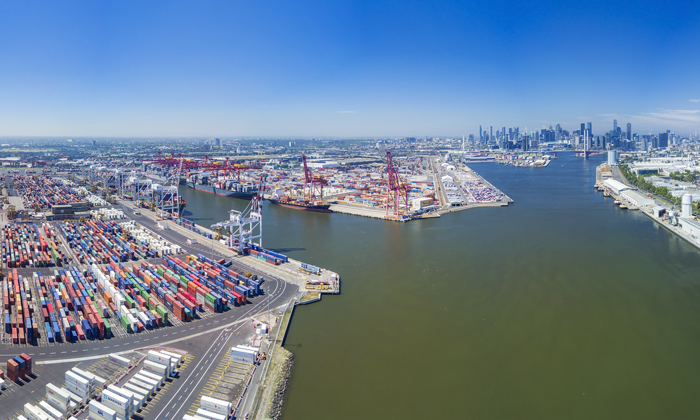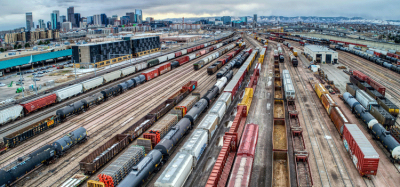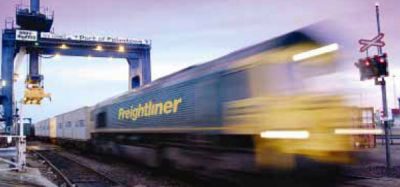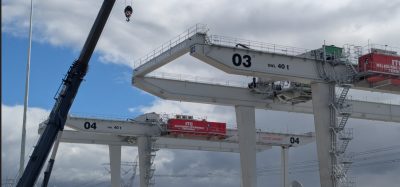ARA welcomes greater freight focus in Victoria
Posted: 28 June 2018 | Global Railway Review | No comments yet
The Australasian Railway Association (ARA) has welcomed the Victorian Liberal Nationals’ commitment of $1.5 million towards a feasibility study to assess options for a rail link to connect Webb Dock with the freight rail network.


Improving port connectivity has been a key focus of the ARA’s submission to the Victorian Government’s Freight Plan discussion paper.
Port of Melbourne is a central node in the Victorian Supply Chain, handling 2.5 million containers annually.
“The ARA is strongly supportive of expanding rail capacity at the Port of Melbourne, and providing rail infrastructure, both on and off-dock, to move freight between ports and intermodal terminals,” said Bob Herbert AM, Chairman, Australasian Railway Association (ARA).
“Efficient freight rail to the Port, including to Webb Dock, will help to reduce congestion, improve safety and urban amenity. Congestion is the dominant challenge in our cities and infrastructure networks, particularly Melbourne.”
Improving port rail connections has also been a key focus of the Commonwealth Government’s recently released National Freight and Supply Chain Strategy Inquiry report.
Growing congestion threatens to cost Australians $53 billion by 2031 as the population increases to 30.5 million. Demand on many key urban road and rail corridors is projected to significantly exceed current capacity by 2031.
“Getting more freight onto rail in our cities is critical to addressing this growing issue,” says Herbert.
The ARA also welcomes the Victorian Liberal Nationals’ proposed expansion of the Mode Shift Expansion Scheme (MSIS).
“In our recently released Value of Rail Report prepared by Deloitte Access Economics, we know that one freight train is estimated to get 110 trucks off the road, and emits 16 times less carbon pollution per tonne kilometre than a heavy vehicle.
“The facts stack up and the ARA supports getting trucks off our regional roads through the extension of the successful Mode Shift Incentive Scheme,” Herbert concluded.
Global Railway Review Autumn/ Winter Issue 2025
Welcome to 2025’s Autumn/ Winter issue of Global Railway Review!
The dynamism of our sector has never been more apparent, driven by technological leaps, evolving societal demands, and an urgent global imperative for sustainable solutions.
>>> Read the issue in full now! <<<







